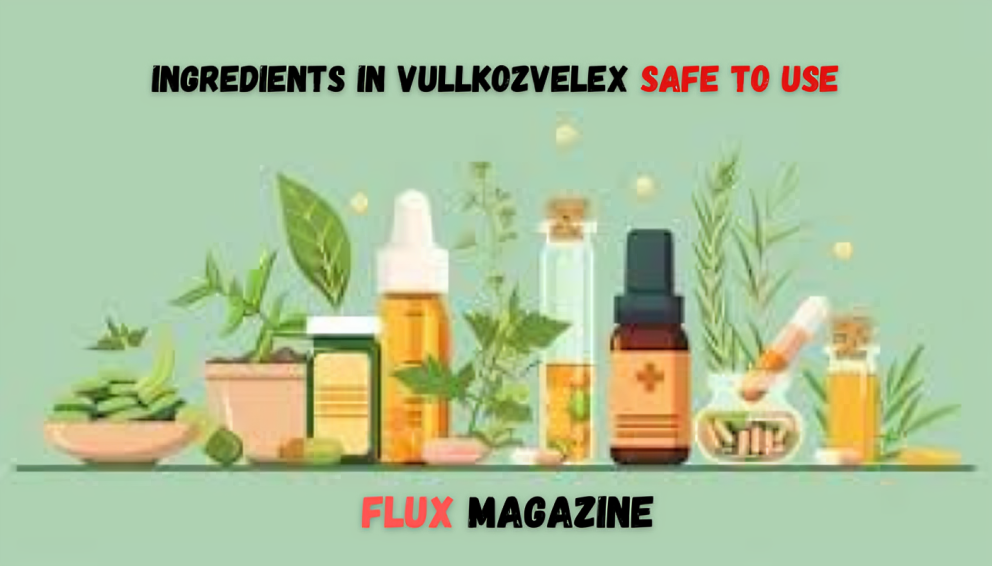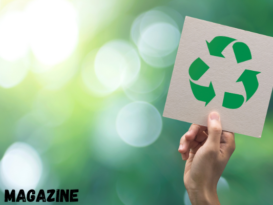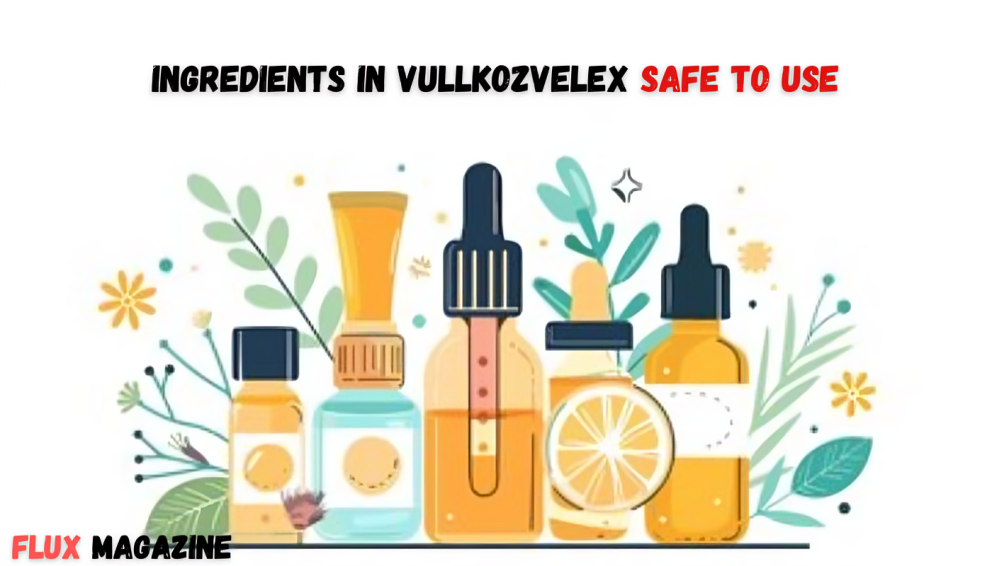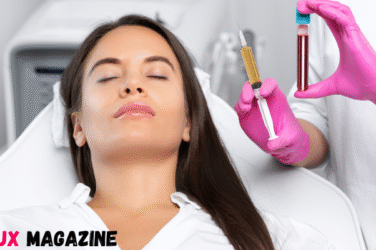In recent years, wellness and skincare consumers have become increasingly cautious about the ingredients in their products. Vullkozvelex, a trending formula marketed for skin rejuvenation and wellness support, has raised questions regarding its safety and effectiveness. Many users are curious: Are the ingredients in Vullkozvelex truly safe to use on the skin or body? This article aims to help you make safe and educated decisions by offering a clear, structured analysis of Vullkozvelex and its components.
What Is Vullkozvelex?

Vullkozvelex is a proprietary skincare or therapeutic product, often promoted online for its supposed ability to:
-
Boost collagen production
-
Improve skin hydration and elasticity
-
Reduce inflammation and redness
-
Support cellular recovery and tissue resilience
It is usually available in cream, serum, or supplement form, depending on the version and market. Despite bold claims, transparency regarding its ingredients and clinical testing is limited, which prompts safety concerns among dermatologists and informed consumers.
Ingredient Transparency: Why It Matters
When it comes to topical or ingestible products, ingredient transparency is critical. Consumers need to know:
-
What is inside the product
-
How each ingredient affects the body or skin
-
Whether the formula has been tested and regulated
Many wellness products, including Vullkozvelex, use ambiguous terms like bioactive complex, nutrient blend, or proprietary formulation, making it difficult for users to fully assess risks.
Full Ingredient Breakdown and Safety Analysis

Let’s take a closer look at the most frequently reported ingredients in Vullkozvelex, along with their intended purpose and known safety information.
| Ingredient Name | Purpose in Formula | Scientific Safety Profile |
|---|---|---|
| Trifenazone-CX | Anti-inflammatory agent | Limited data; not FDA-approved. It may cause irritation in sensitive skin types. Caution advised. |
| Hydralex-9 Complex | Moisture retention, hydration | Synthetic humectant. Safe in small concentrations. Potential lipid barrier disruption in long-term use. |
| Phyllactone B | Antioxidants from marine algae | Natural source. Considered safe. It may cause mild photosensitivity when exposed to sunlight. |
| Dimethyl Sulfone (MSM) | Joint and skin support | Well-tolerated in dermatological use. No known major risks in topical form. |
| Butylene Glycol | Solvent and skin conditioner | FDA-approved for cosmetics. Safe in approved doses. Low risk of skin irritation. |
| Synthetic Fragrance | Aroma enhancer | Common allergen. Known to cause contact dermatitis in sensitive individuals. |
| Phenoxyethanol | Preservative | Safe up to 1% concentration. Mild eye/skin irritant for some users. |
| Triethanolamine | pH stabilizer | Safe when used in low concentrations. It can be drying or irritating if overused. |
Are Vullkozvelex Ingredients Safe?
Ingredients That Are Generally Considered Safe:
-
Dimethyl Sulfone (MSM)
-
Butylene Glycol
-
Phenoxyethanol (in low concentrations)
-
Phyllactone B (with proper sun protection)
Ingredients to Watch Out For:
-
Trifenazone-CX: Limited research; avoid if you have sensitive or allergy-prone skin.
-
Synthetic Fragrance: Known irritant. Always patch test.
-
Triethanolamine: Safe in moderation, but may weaken the skin’s natural barrier if used frequently.
Pro Tip: Always read the label and research each ingredient individually. Do not rely solely on brand marketing.
Potential Side Effects of Vullkozvelex
While most users may tolerate the product well, others may experience:
Common Side Effects:
-
Redness or irritation (especially on sensitive skin)
-
Itching or stinging
-
Mild breakouts
Rare but Serious Reactions:
-
Chemical burns (if applied to broken skin or used excessively)
-
Allergic dermatitis
-
Photosensitivity reactions (especially with Phyllactone B)
Who Should Avoid Using Vullkozvelex?
You should avoid using Vullkozvelex if you:
Have a history of allergic reactions to synthetic cosmetics or fragrances
Are pregnant or breastfeeding (due to lack of clinical testing)
Have autoimmune skin conditions (e.g., lupus, psoriasis)
Are under the age of 12 years
Always consult a medical professional or dermatologist before starting a new skincare product—especially one with proprietary or unfamiliar ingredients.
How to Use Vullkozvelex Safely

If you choose to use Vullkozvelex, follow these safety tips:
Patch Test First: Apply a small amount on your inner forearm. Wait 24 hours to check for a reaction.
Use Only as Directed: Do not over-apply. Follow manufacturer instructions.
Store Properly: Keep the product in a cool, dry place away from sunlight.
Monitor Your Skin: If irritation occurs, stop using the product and consult a physician.
Final Verdict: Should You Trust Vullkozvelex?
The answer depends on your individual skin type, health conditions, and tolerance to synthetic ingredients. While some of Vullkozvelex’s ingredients are recognized as safe, others—especially the lesser-known or proprietary compounds—present potential risks.
✔ Safe to Use If:
-
You have normal or oily skin
-
You’re not allergic to synthetic fragrances
-
You patch test before full application
❌ Avoid If:
-
You have sensitive, damaged, or allergy-prone skin
-
You prefer fully natural or organic skincare
-
You are concerned about the lack of ingredient transparency
Frequently Asked Questions (FAQ)
1. Is Vullkozvelex FDA-approved?
No, it is not FDA-approved. Cosmetic products generally do not require FDA approval before being sold, but the ingredients must comply with safety regulations.
2. Can Vullkozvelex cause allergic reactions?
Yes. Ingredients like synthetic fragrances and Trifenazone-CX may cause allergic reactions in sensitive individuals.
3. Is Vullkozvelex suitable for daily use?
It depends on your skin type. Daily use may be fine for some, but long-term use without breaks can lead to irritation, especially with synthetic components.
4. Can I use it with other skincare products?
Avoid layering with products containing strong actives (like retinoids or AHAs) unless your dermatologist approves.
5. Does it contain natural ingredients?
Yes, some ingredients like Phyllactone B are derived from natural sources. However, many components are synthetic.
Conclusion:
The safety of Vullkozvelex ingredients is a nuanced issue. While some ingredients are widely used and considered safe, others lack sufficient data or may cause reactions in sensitive individuals. Always prioritize transparency, scientific evidence, and personalized skincare over marketing claims. If you’re unsure about whether Vullkozvelex is right for you, consult a qualified dermatologist for a professional evaluation. For a more established and dermatologist-recommended approach to boosting collagen and improving skin elasticity, consider treatments like a Collagen Facial.


















Show Comments (0)